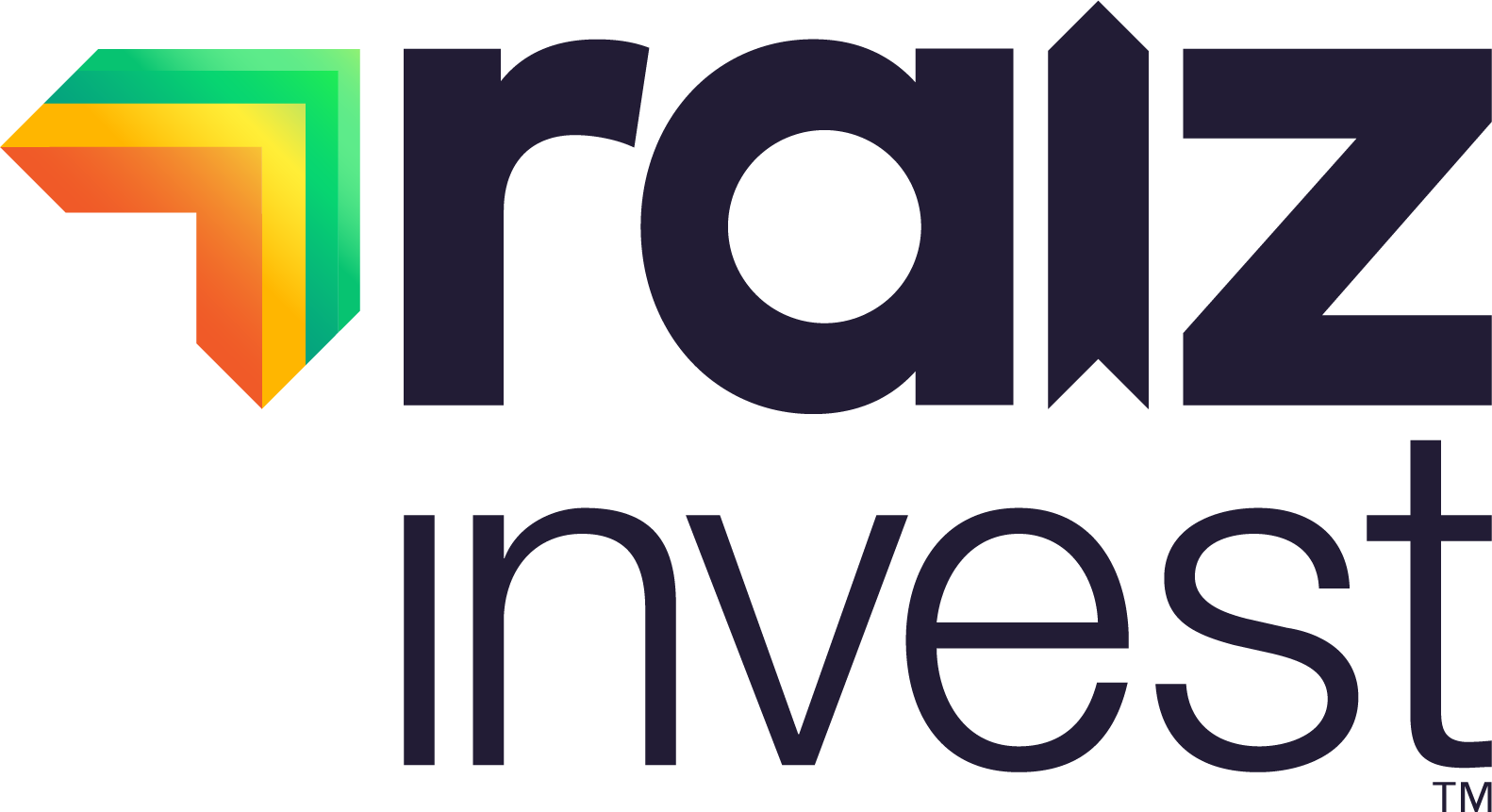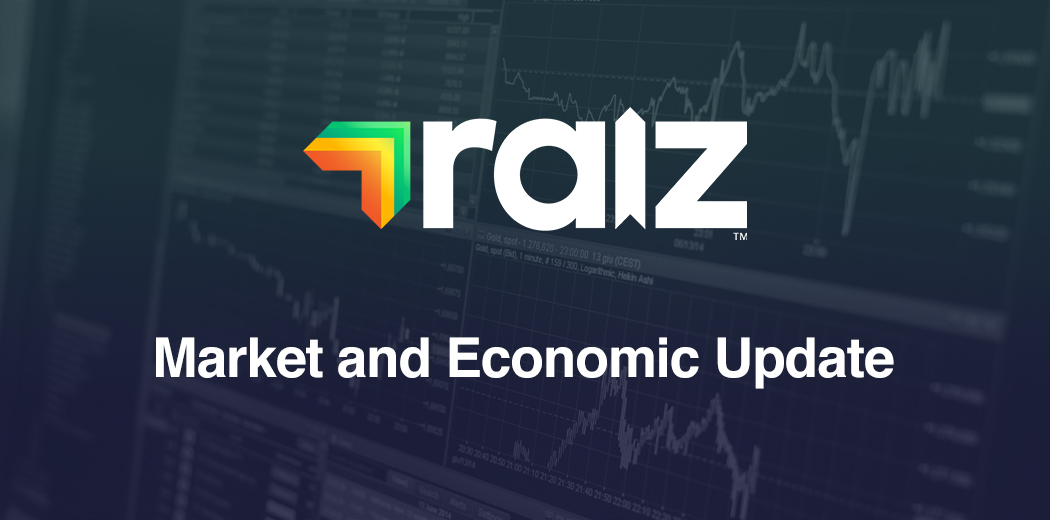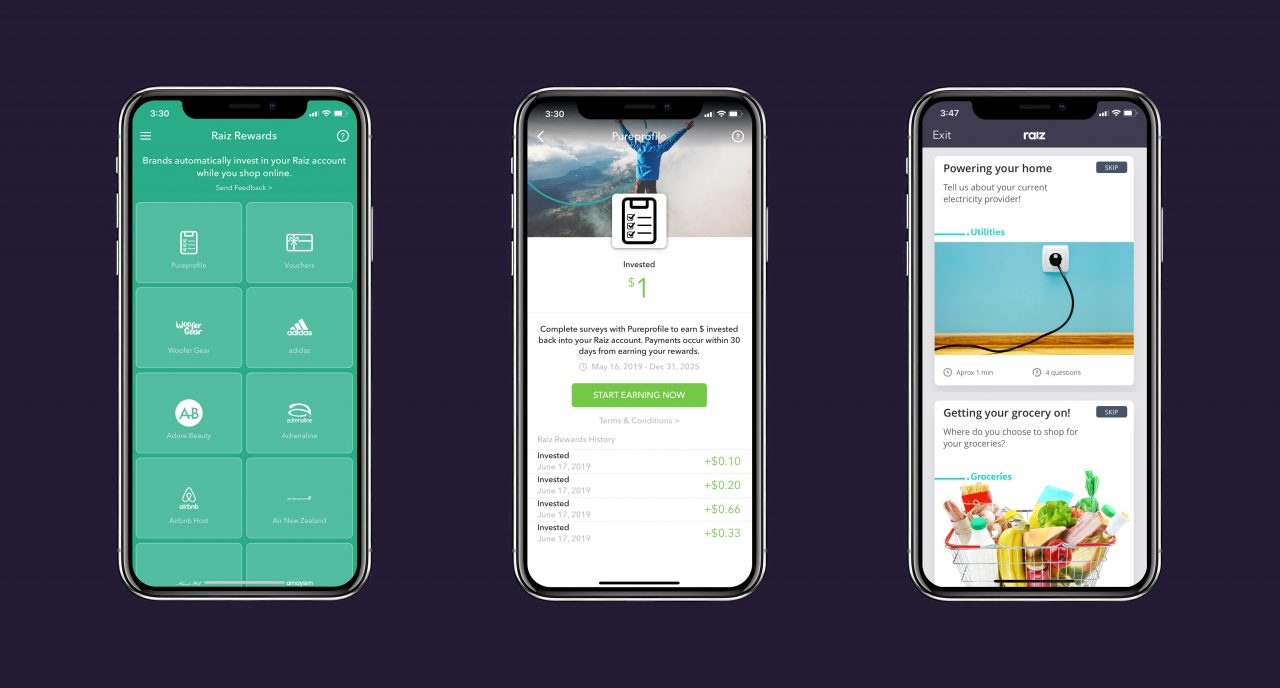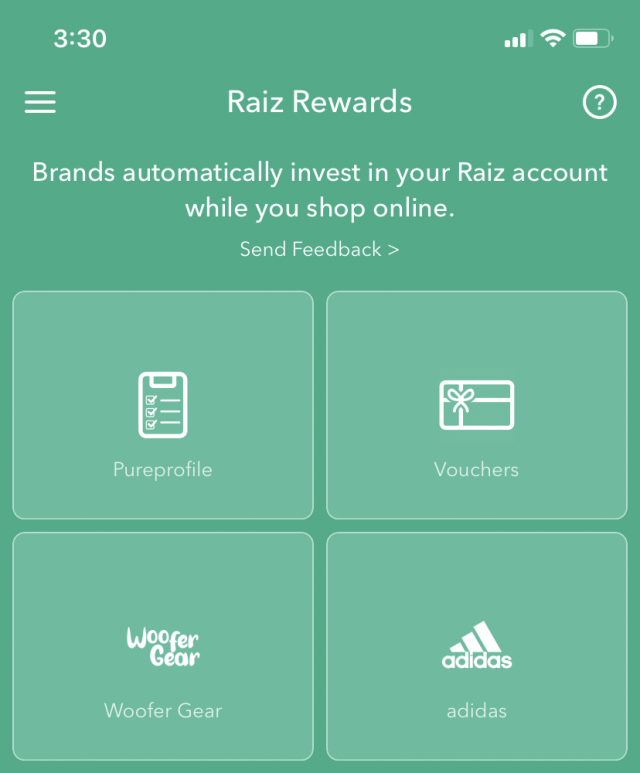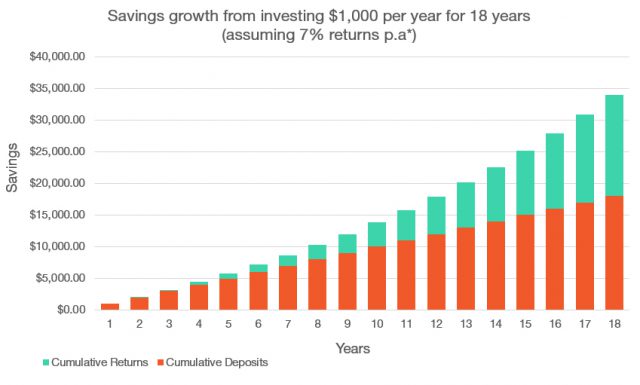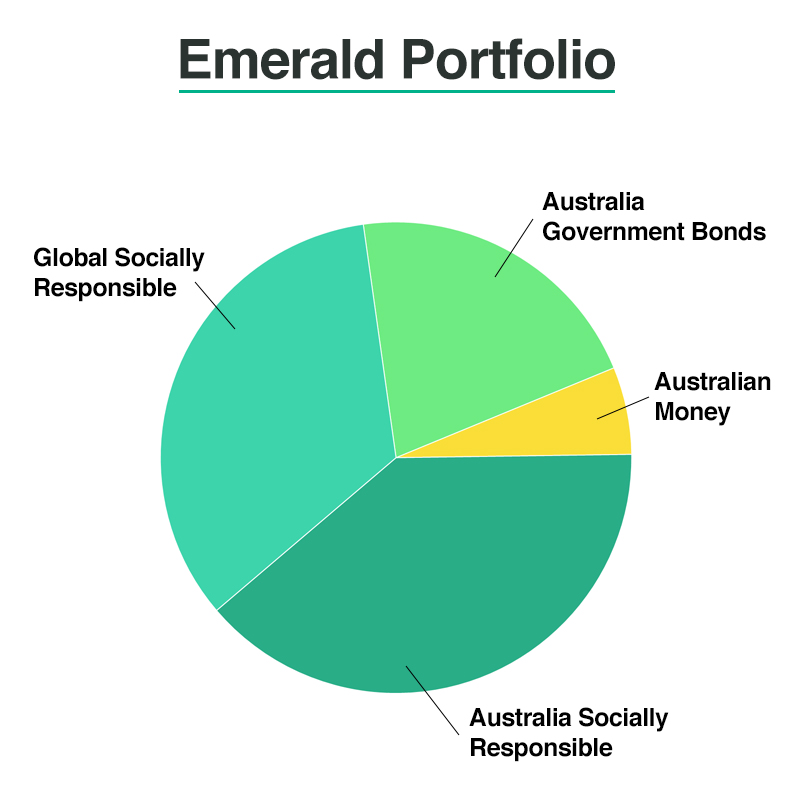01/07/19
George Lucas, Raiz CEO
Bitcoin back on the rise
This week showed Bitcoin was back, riding a new wave of optimism about the value and future of digital currencies. Bitcoin’s price has more than doubled in two months and finished the week around USD11,800 — still some way off the highs of late 2017.
Bitcoin bulls point to Facebook’s recent announcement that it will launch a new digital currency next year, JPMorgan recently creating its own “coin” for payments, and a sharp turn in US monetary policy, as drivers for the digital currency’s bounce-back.
What’s more, a lot of demand is coming from Asia where Bitcoin represents a wave of hope in a deflationary monetary environment — it’s become a safe haven of the digital space.
S&P 500 has best first half in over 2 decades
Away from Bitcoin, Wall Street clinched its best first half of a year since 1997. The S&P500 has now advanced 17.3 per cent since the start of the year, which is the benchmark’s strongest first-half performance since 1997. It rose 6.9 per cent in the month of June alone.
The strong performance was supported by hopes for a positive outcome for China-US trade relations at the G20. With those predictions proved correct and a truce stuck by presidents Donald Trump and Xi Jinping we expect the rally in global equities to continue in the short term.
Muted US inflation result
Market sentiment this week was also assisted by another soft US inflation reading. The US Federal Reserve’s preferred measure of inflation — the core personal consumption expenditures index — met expectations, rising 1.6 per cent from the prior year period.
The market believes the lack of price pressure will make it easier for the Fed to cut interest rates later this year if signs of weak growth continue.
RBA tipped to make another rate cut
I guess we should expect the Reserve Bank of Australia (RBA) to cut its policy rate to a fresh record low of 1.0 per cent on Tuesday, backing up last month’s 25 basis point move.
An interplay of factors are in the mix for the RBA. One of them is trade, with our expectation being that the trade surplus will have widened to a new record high in May. This will mean that the trade weighted index (TWI) of the AUD will remain strong. The AUD usually tracks the TWI and should be rallying based on the strength of the TWI over the last few months.
The RBA is likely worried that the AUD will follow the TWI and begin to rally, which could strangle the Australian economy. In this context, the only tool they have is to lower interest rates sooner than later, especially now that US Fed has become dovish.
So, the RBA can say whatever it wants about why it’s cutting rates, except that it’s doing it to keep the AUD weak. I believe the RBA doesn’t want the rally in the TWI, caused by the bounce in commodity prices, to flow through to the AUD.
It’s quite simple really, especially as the reason the RBA has given so far don’t make sense — we still have economic momentum and an economy creating jobs.
Don’t have the Raiz App?
Download it for free in the App store or the Webapp below:
Important Note: The information on this website is provided for the use of licensed financial advisers only. The information is general advice and does not take into account any person’s particular investment objectives, financial situation or investment needs. If you are an investor, you should consult your licensed adviser before acting on any information contained in this website.
Investors only: The information in this Document is confidential it must not be reproduced, distributed or disclosed to any other person unless it is part of their statement of advice. The information may be based on assumptions or market conditions and may change without notice. This may impact the accuracy of the information. In no circumstances is the information in this Document to be used by, or presented to, a person for the purposes of making a decision about a financial product or class of products.
General advice warning: The information contained in this Document is general information only. It has been prepared without taking account any potential investors’ financial situation, objectives or needs and the appropriateness of this information needs to be considered in that context. No responsibility or liability is accepted by Instreet or any third party who has contributed to this Document for any of the information contained herein or for any action taken by you or any of your officers, employees, agents or associates.
